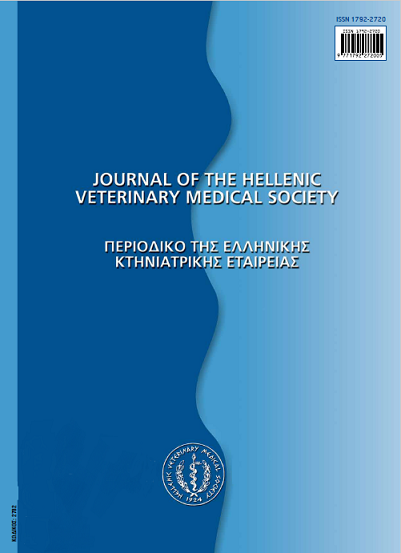Prevalence and antimicrobial susceptibility of Enterococcus spp. in ready-to-eat salads (dips), the environment and the personnel of a salad processing plant in Northern Greece
Resumen
A total of 225 samples from the dips (cheese, roe, egg plant and tzatziki dip), the environment and the handlers of a salad manufacturing plant in Northern Greece were examined for the presence and antibiotic susceptibility of Entervcocccus spp. Enterococcus faecium was the isolated species from 12% of the samples. 38.1% and 15% of egg plant and cheese dip samples were positive, respectively. Among the dip ingredients, 30% of mayonnaise, 20% of feta cheese and 10% of myzithra were positive. Positive were, also, 8.6 % of the environmental samples, 20% from handlers' skirts, 20% from handlers' gloves and 16.7% from their nasal cavity. All isolates were sensitive to glycopeptides (vancomycin and teicoplanin). Isolates from handlers' nasal cavities were resistant to penicillin and ampicillin, while one of them was, also, resistant to chloramphenicol. All isolates from the environment, the dips and their ingredients were susceptible to these three antibiotics, but they presented resistance to more than 3 antibiotic categories. Ready-to-eat foods may be potential source of contamination to humans of multidrug resistant enterococci. Further research is needed to elucidate their epidemiology in these foods.
Article Details
- Cómo citar
-
SERGELIDIS, D., ABRAHIM, A., ANAGNOSTOU, V., PAPA, A., & PAPADOPOULOS, T. (2018). Prevalence and antimicrobial susceptibility of Enterococcus spp. in ready-to-eat salads (dips), the environment and the personnel of a salad processing plant in Northern Greece. Journal of the Hellenic Veterinary Medical Society, 61(4), 308–315. https://doi.org/10.12681/jhvms.14903
- Número
- Vol. 61 Núm. 4 (2010)
- Sección
- Research Articles

Esta obra está bajo una licencia internacional Creative Commons Atribución-NoComercial 4.0.
Authors who publish with this journal agree to the following terms:
· Authors retain copyright and grant the journal right of first publication with the work simultaneously licensed under a Creative Commons Attribution Non-Commercial License that allows others to share the work with an acknowledgement of the work's authorship and initial publication in this journal.
· Authors are able to enter into separate, additional contractual arrangements for the non-exclusive distribution of the journal's published version of the work (e.g. post it to an institutional repository or publish it in a book), with an acknowledgement of its initial publication in this journal.
· Authors are permitted and encouraged to post their work online (preferably in institutional repositories or on their website) prior to and during the submission process, as it can lead to productive exchanges, as well as earlier and greater citation of published work.




